Nothing, the young London brand founded by Carl Pei, returns this year with two new smartphones: the Nothing Phone (3a) and (3a) Pro. Building on the success of last year's Phone (2a), these new devices aim to compete directly with established players like Google and Samsung in the sub-€500 smartphone segment.
The Phone (3a) Pro stands out with its characteristic transparent design, but it doesn't just focus on aesthetics. Nothing also emphasizes artificial intelligence, with a dedicated button to launch an AI assistant. This feature, combined with the brand's signature Glyph interface, promises a user experience that is both functional and fun. But is it enough to further differentiate it from its competitors? This is what we will see in this test.
Price and availability
Offered at 479 euros, the Nothing Phone (3a) Pro is only available in one generous configuration: 12 GB of RAM and 256 GB of non-expandable storage. This price puts it above its predecessor, but it remains quite competitive against rivals like Samsung's Galaxy A56.
Available in gray or black, the Phone (3a) Pro will be released at the end of March 2025. Although it is the most expensive model in Nothing's mid-range range, its equipment-to-price ratio is attractive, directly challenging devices like the Sony Xperia 10 VI or the Xiaomi Poco X7 Pro. However, it is 130 euros cheaper than the base model, the Nothing Phone (3a), even though it offers very similar technical specifications.
Design: transparency still in the spotlight
The Nothing Phone (3a) Pro is easy to recognize; it really doesn't look like any other smartphone on the market. True to the brand's DNA, this smartphone sports a transparent design that never fails to attract attention. However, what really sets it apart from its predecessors is its imposing circular optical block on the back. A real break with Nothing's usual aesthetic, this time getting closer to the visual codes adopted by certain Chinese manufacturers.
The British firm has chosen not to align the photo sensors, thus creating an asymmetry that gives the phone a unique personality. The addition of this substantial photo block inevitably has an impact on the thickness of the smartphone. At 8.39mm at its thinnest point, the Phone (3a) Pro is slightly thicker than its predecessor. Its dimensions have also been increased, but this comes with a larger screen, offering an improved viewing experience. Despite a weight increase of 21 grams to 201g at the end, the device remains pleasant to handle, even if it often tends to fall backward when held too low.
Nothing has opted for a textured plastic frame. The back, previously made of polycarbonate, is now made of Panda Glass, a choice that reinforces the premium feel while preserving the brand's characteristic transparency. This material, also used for the screen, offers, according to the brand, increased resistance to scratches and shocks. Nothing's signature element, the Glyph system, is still present. Composed of three LED strips surrounding the optical block, it lights up to signal various notifications.
In terms of ergonomics, the Phone (3a) Pro retains a classic button layout, with the volume keys on the left and the power button on the right. An interesting new feature is a fourth button, dubbed the "Essential Key." Located below the power button, it provides quick access to Essential Space, Nothing's new AI interface.
A good point is the presence of a protective film pre-applied to the screen. In addition, the Phone (3a) Pro benefits from IP64 certification, improving its resistance to dust and splashes compared to its predecessor, although it is not completely waterproof.
The design of the Nothing Phone (3a) Pro succeeds in remaining faithful to the visual identity of the brand while bringing significant evolutions. It manages to stand out in a market where originality is rare, while offering a neat and functional user experience.
Screen: a calibration with little onions
With a diagonal of 6.77 inches, this AMOLED FullHD+ panel (2392 x 1080 pixels) is a little larger than that of the previous model, without revolutionizing the format. One of the strong points of this screen is its adaptive refresh rate, capable of reaching 120 Hz. Although it is not LTPO, the system adjusts the frequency between 60, 90 and 120 Hz depending on the content displayed, offering a good compromise between fluidity and energy consumption. Gamers will note, however, that the rate is limited to 60 Hz by default in games, a restriction that can be bypassed via the developer options.
In terms of brightness, Nothing announces impressive figures with a theoretical peak of 3000 nits. 01Lab's tests reveal more modest but nonetheless excellent values: around 1302 cd/m² and a peak of 1305 nits in HDR. These performances ensure comfortable readability, even in direct sunlight, even if it is not among the best.
The color calibration is also quite good. In "Active" mode (default), the screen achieves an excellent delta E 2000 of 2.94, just below the human eye's perception threshold of 3, all on a demanding color spectrum, since it is DCI-P3. For users concerned about optimal color accuracy, the “Normal” mode offers even more impressive results, with an average delta E dropping to just 1.12, but only supporting the simpler sRGB color spectrum. This mode guarantees near-perfect color fidelity, ideal for viewing photos and videos.
The Nothing Phone (3a) Pro's screen, even if it doesn't offer the thinnest borders on the market, is a major asset of the device. The overall quality of the display is undeniable. The combination of excellent color calibration, good brightness, and an adaptive refresh rate makes it a versatile and pleasant screen to use on a daily basis, even if we would have preferred the adoption of LTPO technology to make it even more energy efficient.
Performance: the right compromise?
The Nothing Phone (3a) Pro features Qualcomm's Snapdragon 7s Gen 3, an octa-core processor manufactured in 4nm. In everyday use, the phone doesn't flinch. Apps open quickly, the interface is fluid, and you can switch between tasks without a hitch. Nothing to complain about there. Gaming is solid too. Warzone runs quite well, provided you dial down some of the graphics. Wild Rift also reaches 60 fps. Enough to satisfy casual gamers.
In terms of benchmarks, the (3a) Pro outperforms the Redmi Note 14 Pro+, which has the same processor. It far outperforms the Xiaomi Redmi Note 14 Pro and its Dimensity 7300 Ultra. However, it doesn't compare to other smartphones such as the Poco X7 Pro, which is more powerful despite its lower price, or even to Samsung's Galaxy A56.
Heating is well controlled, even when pushing the machine to its limits. The phone doesn't exceed 35°C, which is very reasonable. Performance remains stable over time, with no marked throttling. The smartphone remains stable and warm under all circumstances.
Memory-wise, we have 12 GB of RAM and up to 256 GB of storage. More than enough for normal use. Virtual RAM adds 2 GB if needed. Connectivity-wise, nothing is missing: 5G, dual SIM, eSIM, Wi-Fi 6, Bluetooth 5.4, NFC. The bare essentials are there, although we would have appreciated at least Wi-Fi 6E.
On the audio side, the Nothing Phone (3a) Pro relies on a duo of stereo speakers that pleasantly surprises. Without revolutionizing the genre, the sound is balanced, with well-balanced mids and clear highs. Only the bass lacks a bit of punch. The rest is standard: Bluetooth 5.4 and USB-C, but no headphone jack.
The Nothing Phone (3a) Pro doesn't revolutionize the market in terms of raw power. But it offers solid and balanced performance, sufficient for most uses. Software optimization does the rest for a smooth everyday experience. A good compromise for a mid-range smartphone.
Battery life and charging: it's far from the best in its category
The Nothing Phone (3a) Pro plays the balance card with its 5000 mAh battery. Not enough to break records, but enough to go the distance. In our tests, the phone lasted nearly 17 hours and 19 minutes in mixed use. Enough to see you through a long day, or even two if you're reasonable.
On the charging side, Nothing has turbocharged with a power of 50 W. In theory, this allows you to fill up in one hour and 5 minutes. In practice, it's a little less: count on 25% in 10 minutes. It's okay, but not revolutionary.
One small drawback is that the charger isn't included, one of the fallouts of a European directive that came into force at the end of 2024. It's a shame, as a transparent power adapter from Nothing would have been a real plus. And if you were hoping for wireless charging, move on. Nothing has skipped this to keep costs down.
The Nothing Phone (3a) Pro doesn't reinvent the wheel on the battery side, but offers a balanced solution. Battery life is solid without being exceptional, and fast charging does the job without shining. It's solid for a mid-range device, even if the most demanding might find fault.
Software: Nothing does things like no other
The Nothing Phone (3a) Pro runs on Nothing OS 3.1, based on Android 15. This proprietary interface stands out with its sleek, monochrome design, which may seem surprising at first glance. Gone are the colorful icons, replaced by a black-white-red trio that gives the phone a strong identity. You either love it or hate it, but it doesn't leave you indifferent. Fortunately, it's always possible to opt for a more classic Android interface if this is too confusing for you.
Navigating the menus takes some getting used to, as the usual visual cues have disappeared. But once you get used to it, you'll appreciate the clarity of the interface. The smart app drawer, which automatically categorizes your apps, is particularly useful.
Essential Space, the new feature
The big new feature is Essential Space, accessible via a dedicated button on the side of the phone. This is Nothing's bet on AI, but with a different approach than the competition. No smart photo editing or conversational assistant here. The goal is to become your daily digital memory.
How does it work? Pressing the button captures what's on the screen, a long press records a voice note. Double-click and you'll access your personal space where everything is organized. The AI analyzes your screenshots and notes to extract the essential information and suggest reminders or actions.
For example, you come across an item you're interested in in a window display. Take a picture of it, ask Essential Space to remind you to buy it, and that's it. No more juggling between several note apps; everything is centralized here.
The concept is promising, but still in its infancy. Some analyses take time, and we feel that the full potential has not yet been reached. Nothing promises to expand the features in the coming months. We regret the absence of certain AI functions that have become common elsewhere, such as intelligent photo editing or a more versatile assistant. Nothing has clearly chosen to focus on personal organization rather than a general-purpose assistant.
The brand's signature Glyph interface is enriched with new functions such as a visual equalizer for music. Nice, but still a bit gimmicky. The potential is there, but third-party app support remains limited for the moment. Finally, in terms of updates, Nothing is committing to 3 years for Android and 6 years for security. This is decent for a mid-range product, even if some competitors like Samsung and Google do better.
Nothing OS 3.1 and Essential Space form an original duo that stands out from the competition. The minimalist approach to the interface and the focus on personal organization with AI are refreshing. However, the system still lacks certain features that have become standard elsewhere. A solid and promising foundation, which will benefit from expanding over time.
Photo and video: great ambitions hampered by one of the sensors
The Nothing Phone (3a) Pro marks a turning point for the British manufacturer with the introduction of a periscope zoom, a first for the brand. Here is the complete configuration of its camera unit:
- Wide-angle: 50 Mpx, f/1.88, optical stabilization
- 3x periscope zoom: 50 Mpx, f/2.55, optical stabilization
- Ultra wide-angle: 8 Mpx, f/2.2, 120°
- Selfie: 50 Mpx, f/2.2
Wide-angle
The main sensor doesn't disappoint. It delivers colorful and accurate shots, with a slight tendency toward saturation that flatters the eye. Exposure management is well-controlled, with no notable chromatic aberrations. However, there is a loss of detail on distant elements and the edges of the frame.
At night, the rendering remains satisfactory as long as the lighting is sufficient. Digital noise is contained and the colorimetry respects the lighting atmosphere without artificial correction. We can, however, regret an occasional lack of contrast.
Zoom
This is the star of this new model. The native x3 zoom, equivalent to a 70 mm, is ideal for portraits and long-distance shots. The quality is there up to the 6x zoom, where the hybridization between optical and digital remains convincing. Beyond that, up to a maximum of 60x, the quality gradually degrades.
At night, there is slight digital noise and a lack of brightness in certain scenes, but the rendering remains usable.
Macro mode, using this telephoto lens, offers surprising results. It’s an original and effective approach that stands out from the competition.
Ultra wide-angle
The 8 MP sensor shows its limitations. While it offers a wide field of vision, the details lack finesse, especially compared to the wide-angle. The colorimetric consistency between the focal lengths is however preserved.
In low light, the difference in quality with the wide-angle lens becomes more pronounced, with a noticeable loss of detail and a warmer tint. This is really quite poor compared to other sensors. Here we have the big weak point of the smartphone.
Portrait mode
The clipping is precise and the bokeh effect natural. However, there are variations in exposure depending on the scene. The final rendering after processing sometimes differs significantly from the preview, which can be confusing.
Selfie
The 50 MP front sensor offers good colorimetry and controlled exposure. Details are decent, but lag behind the rear lenses. Portrait mode works effectively, with the usual limitations on fine hair.
Video
The Phone (3a) Pro films in 4K at 30 fps or in 1080p up to 60 fps. Dual stabilization (optical and electronic) is effective up to 3x zoom. Beyond that, the quality quickly deteriorates.
The Nothing Phone (3a) Pro's camera module represents a clear improvement over the previous model, particularly thanks to its periscope zoom. While the ultra-wide angle is a bit disappointing, the overall package offers a level of versatility that's rare at this price point. The software processing, while improvable, allows for attractive shots in most situations.

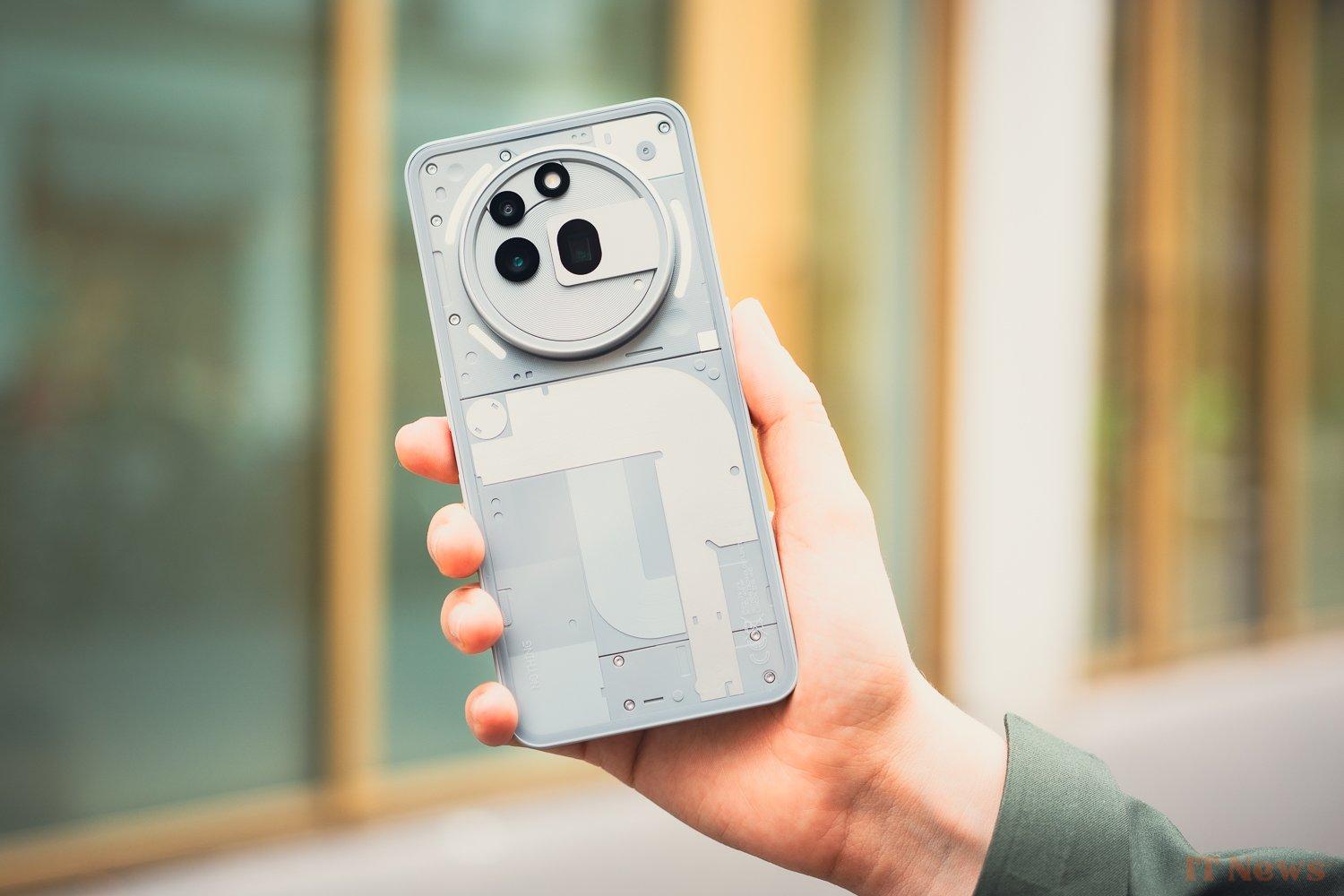
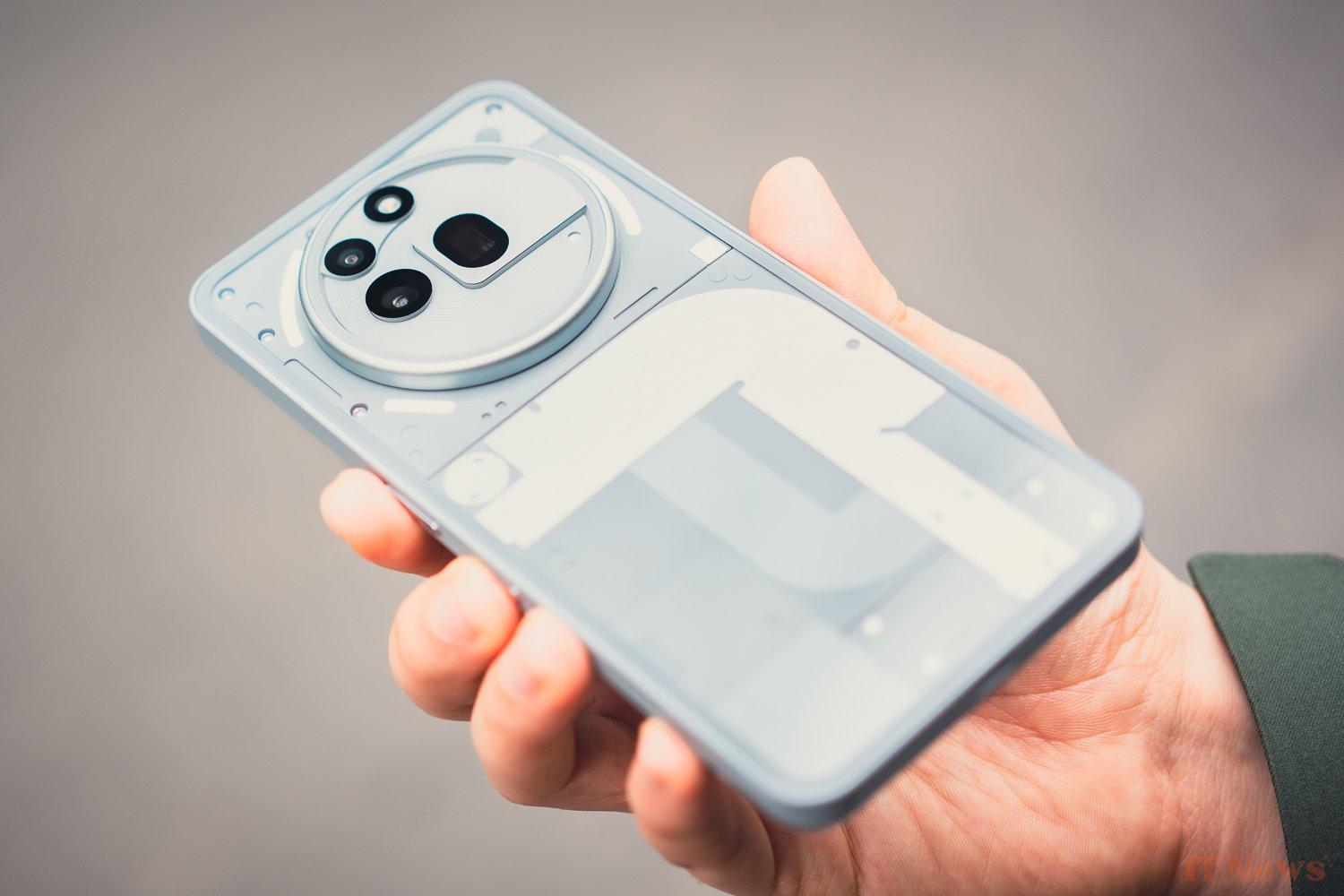
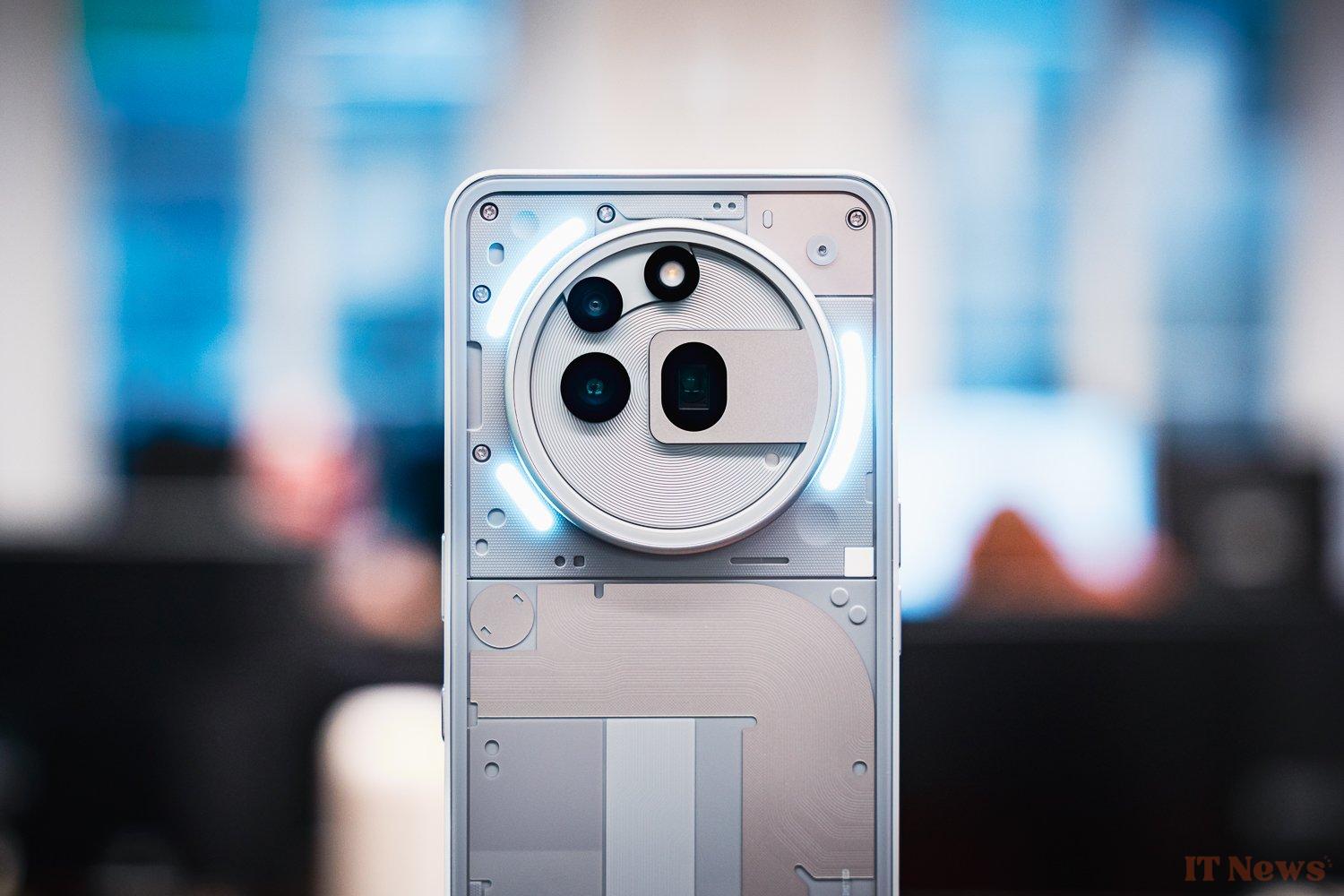
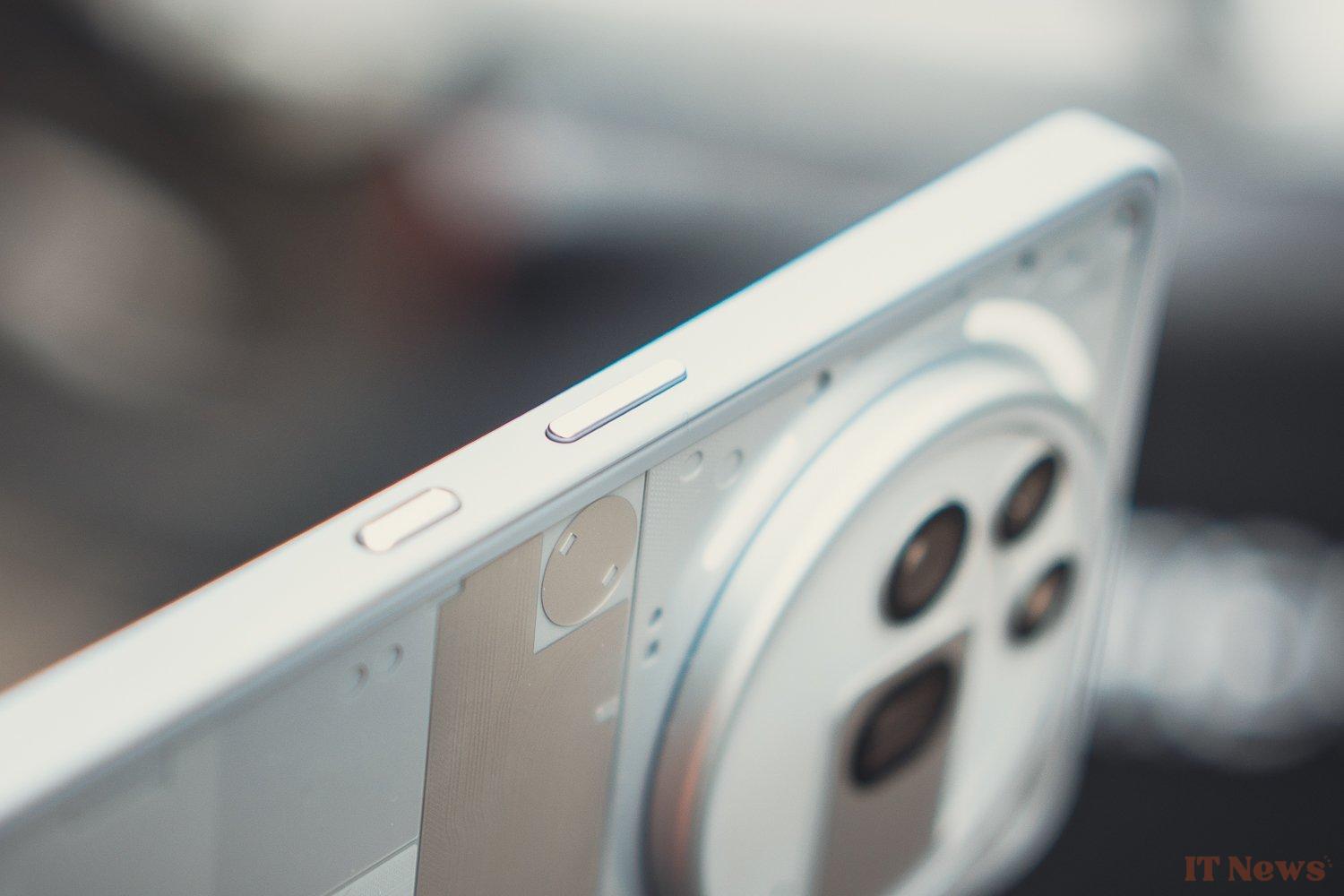
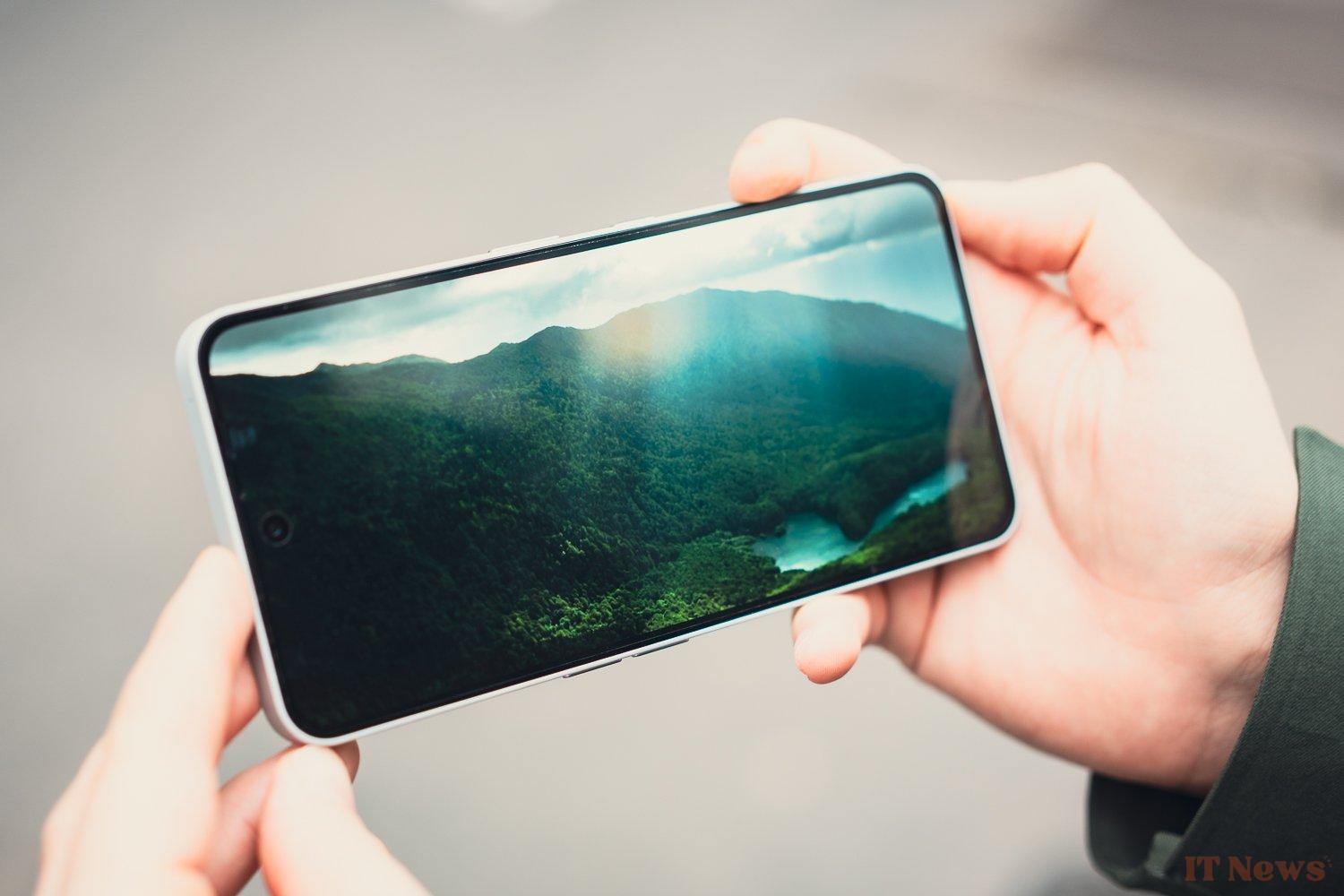
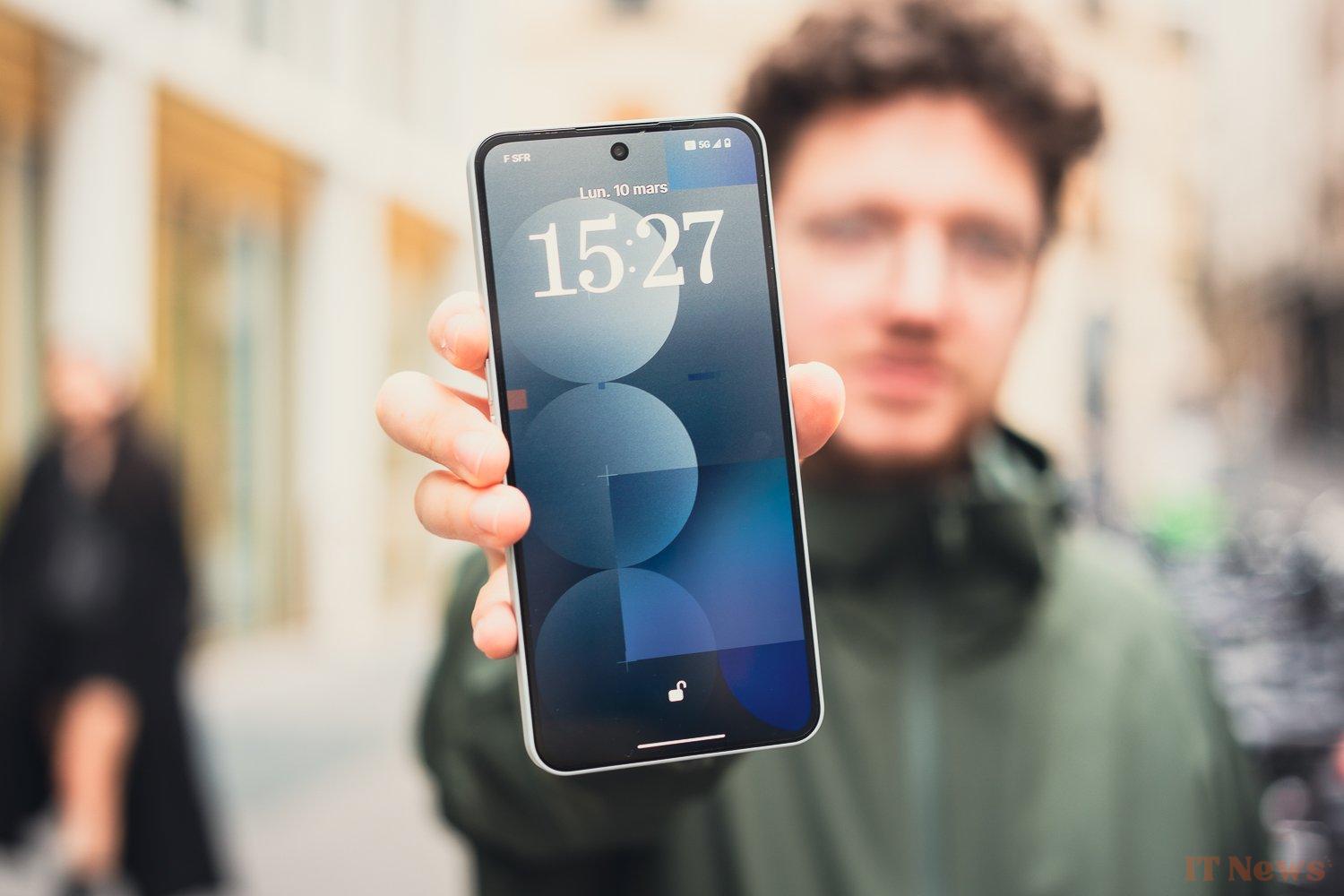
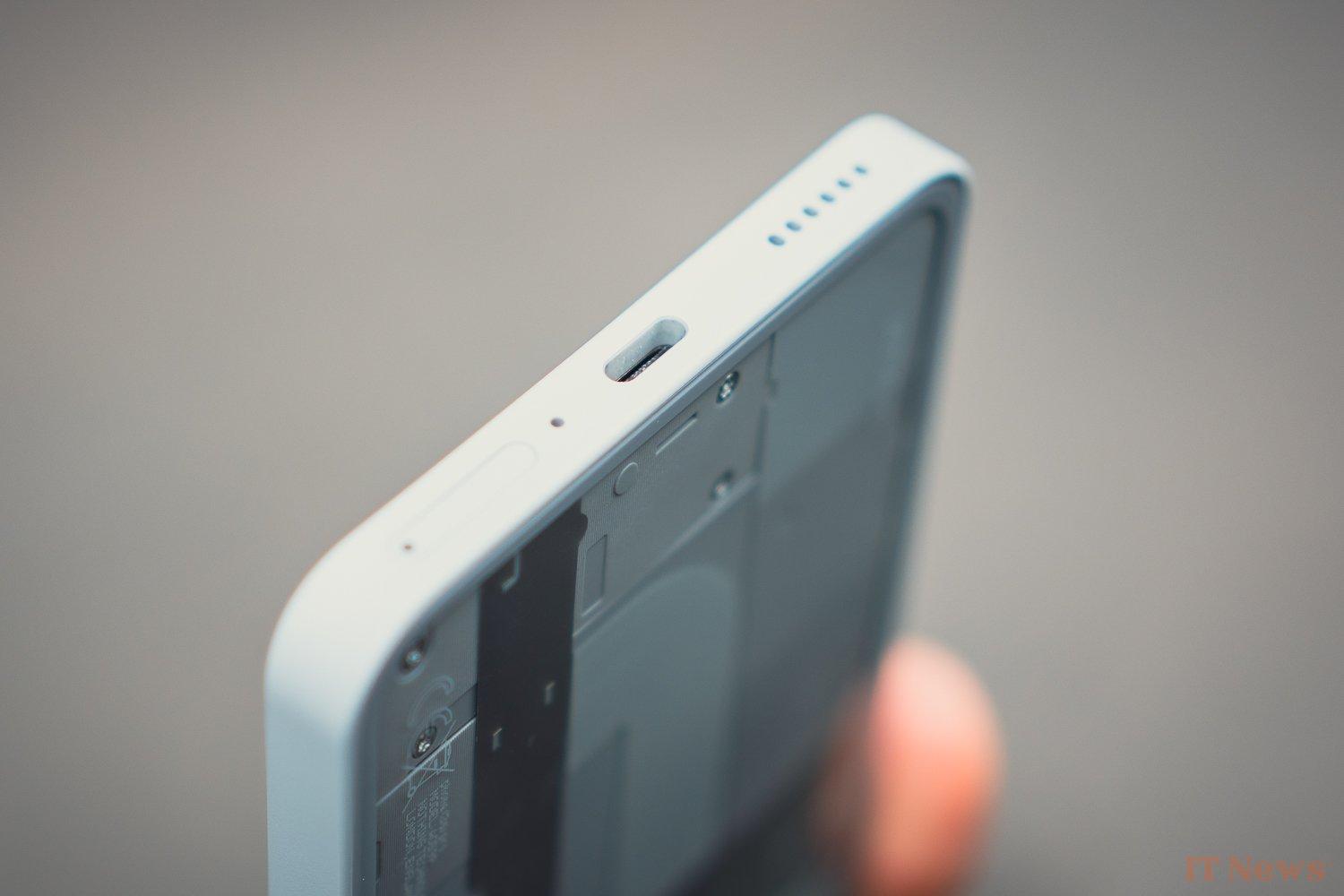
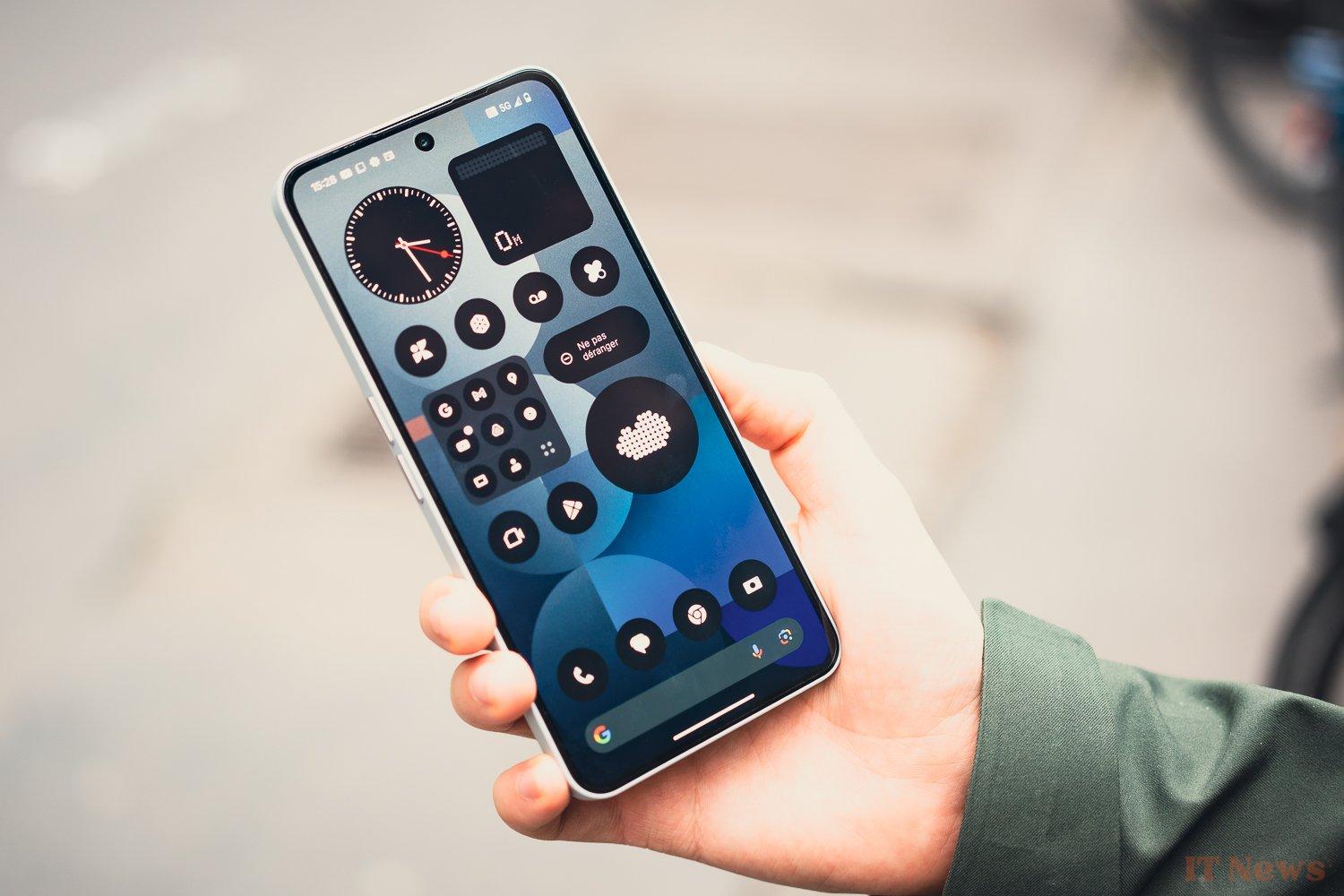
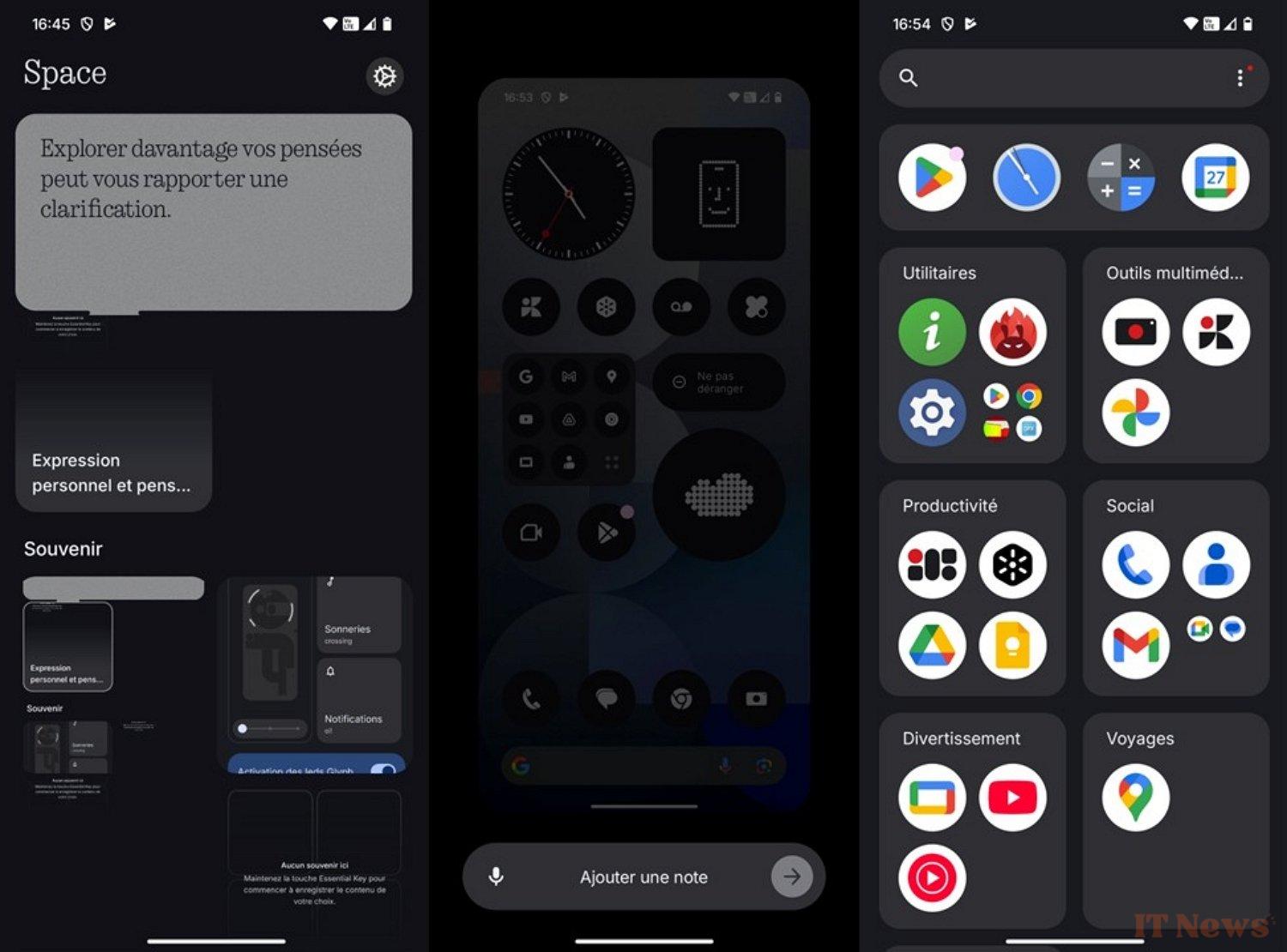
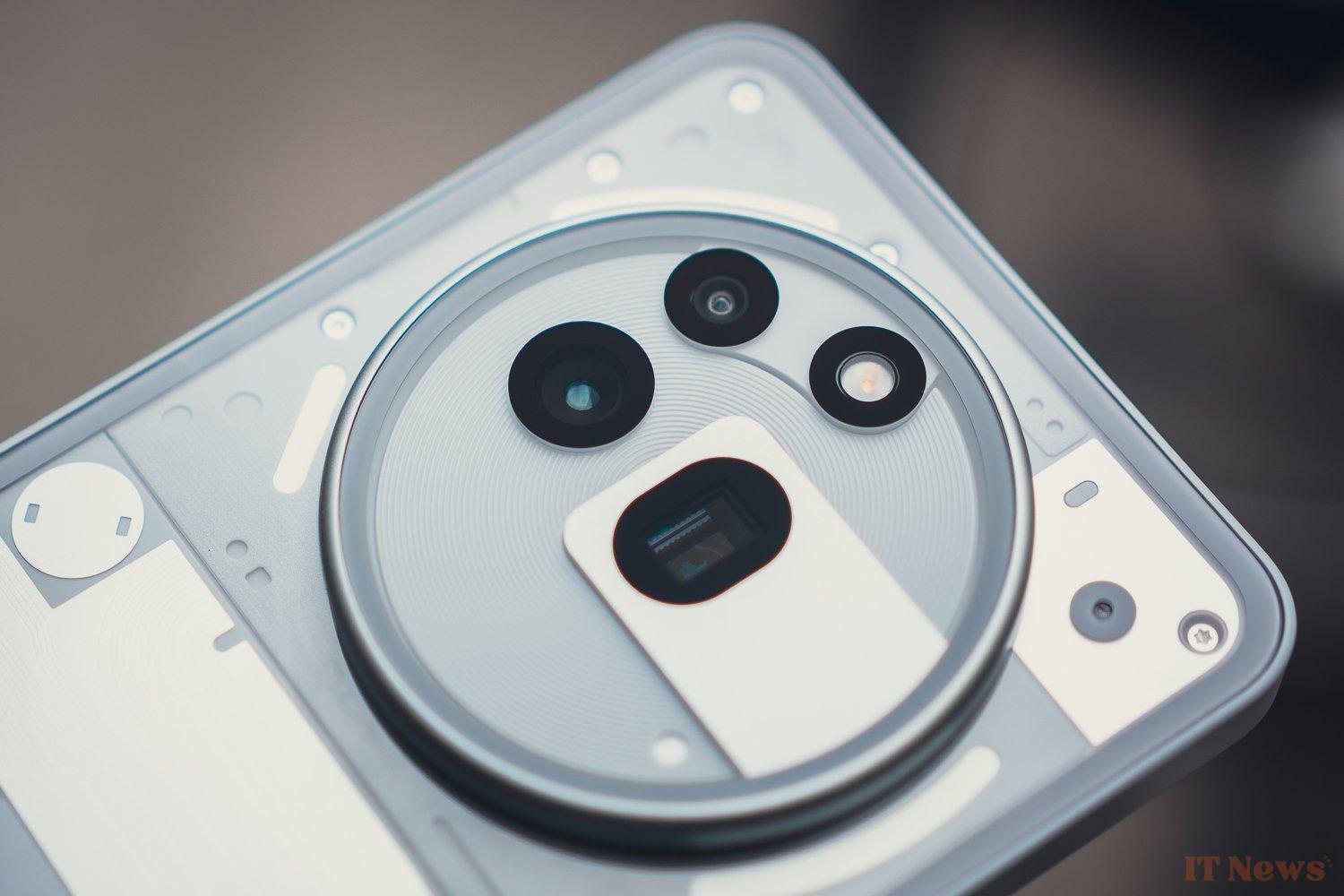



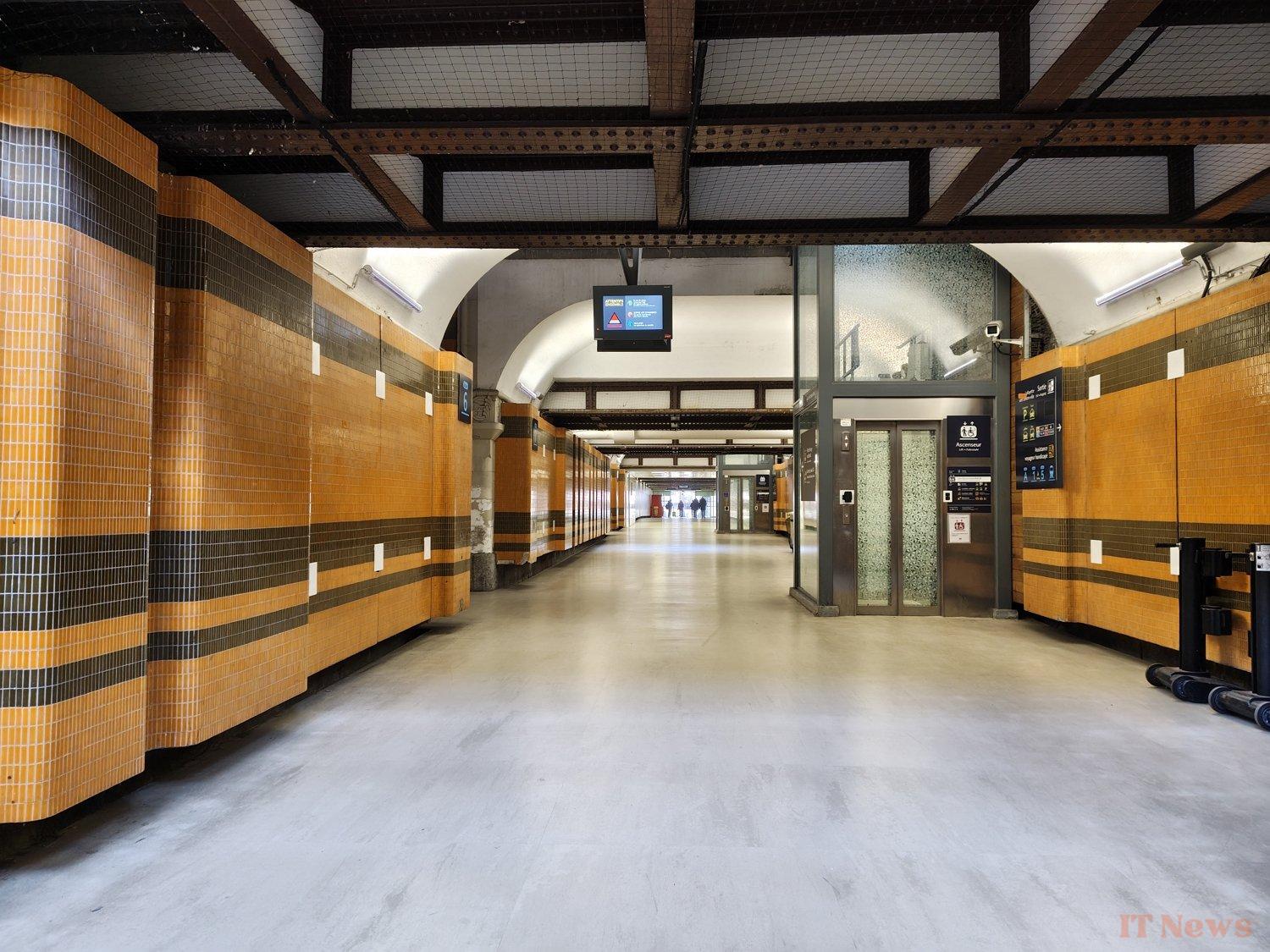

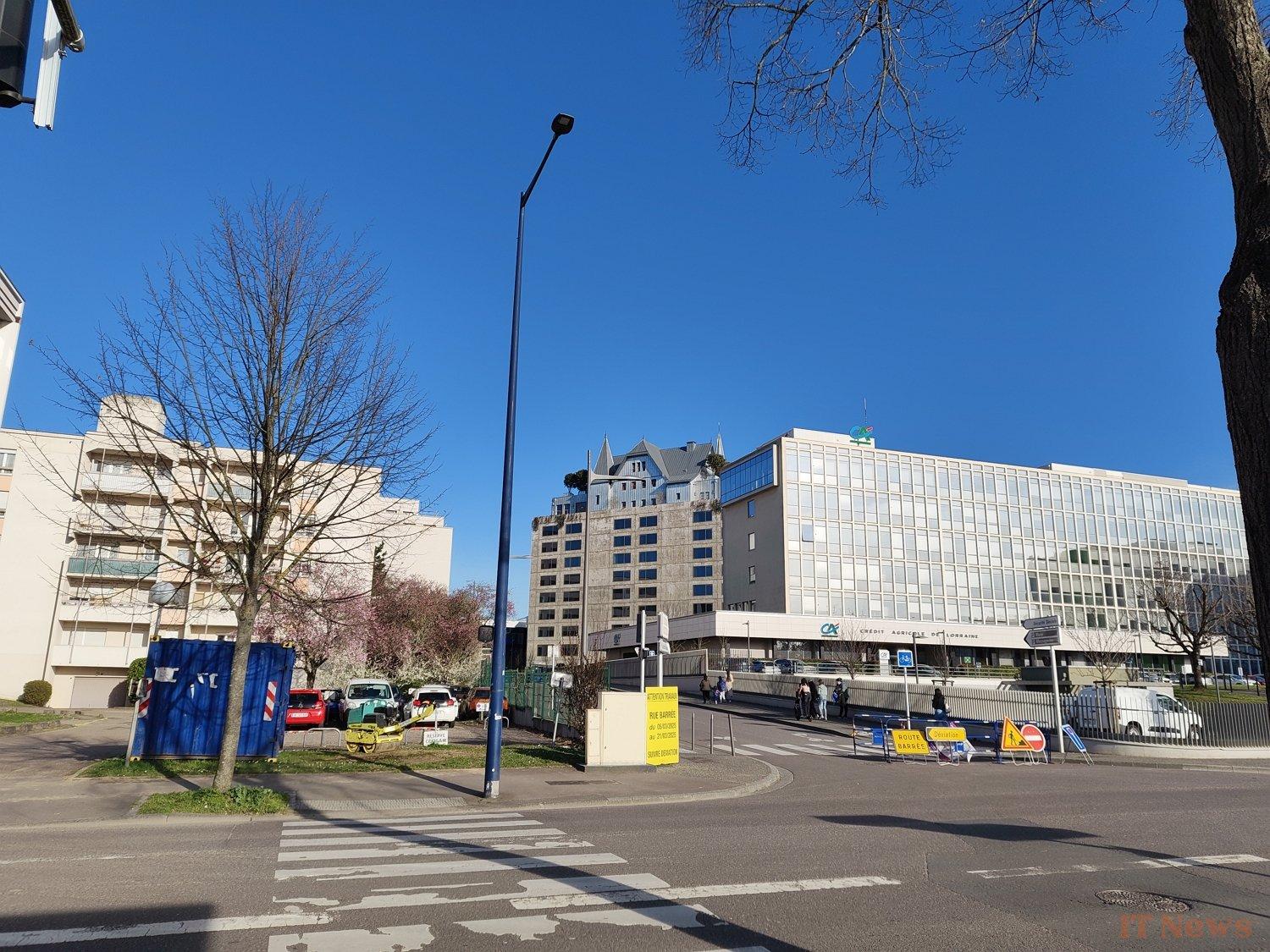

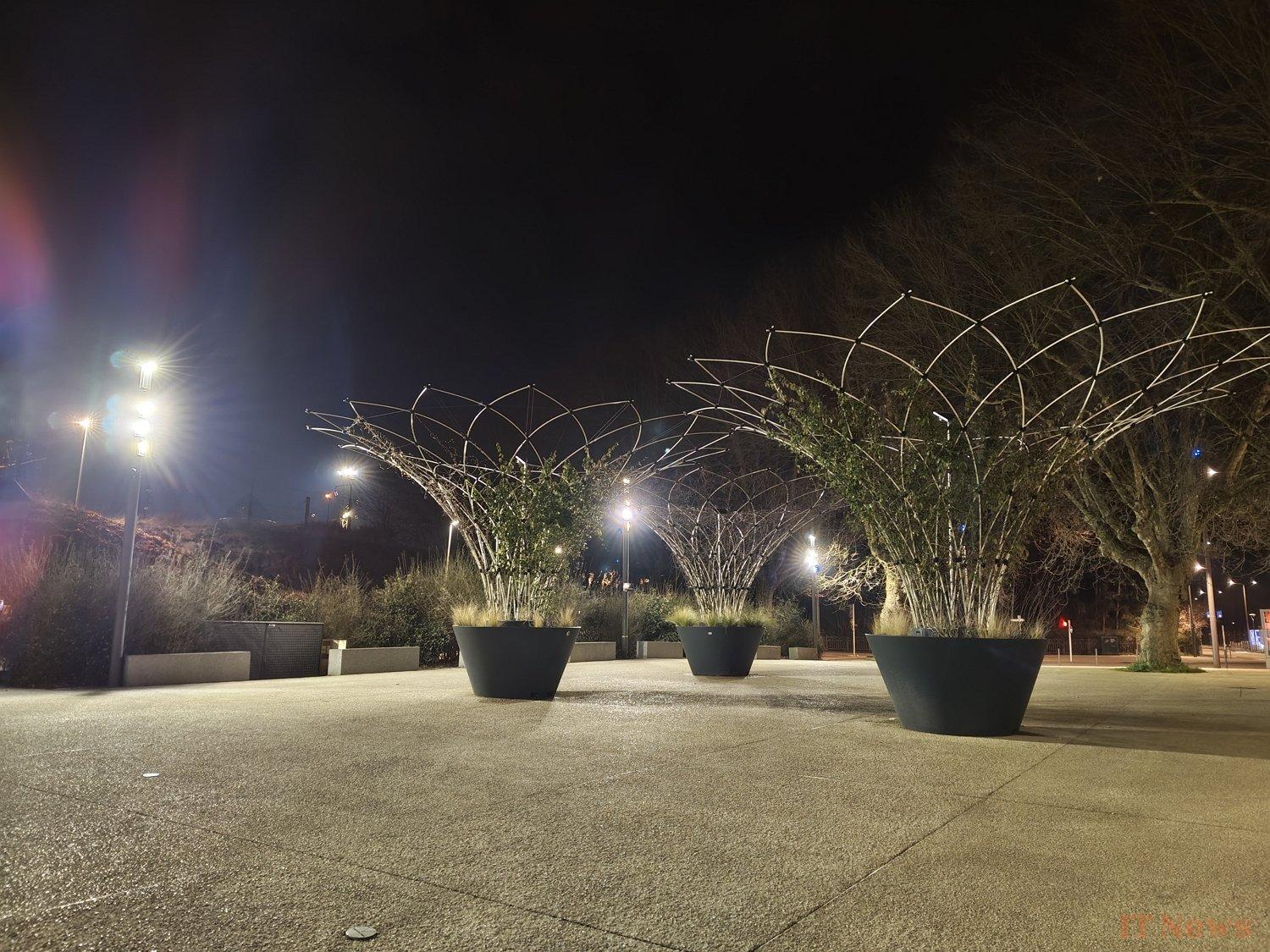
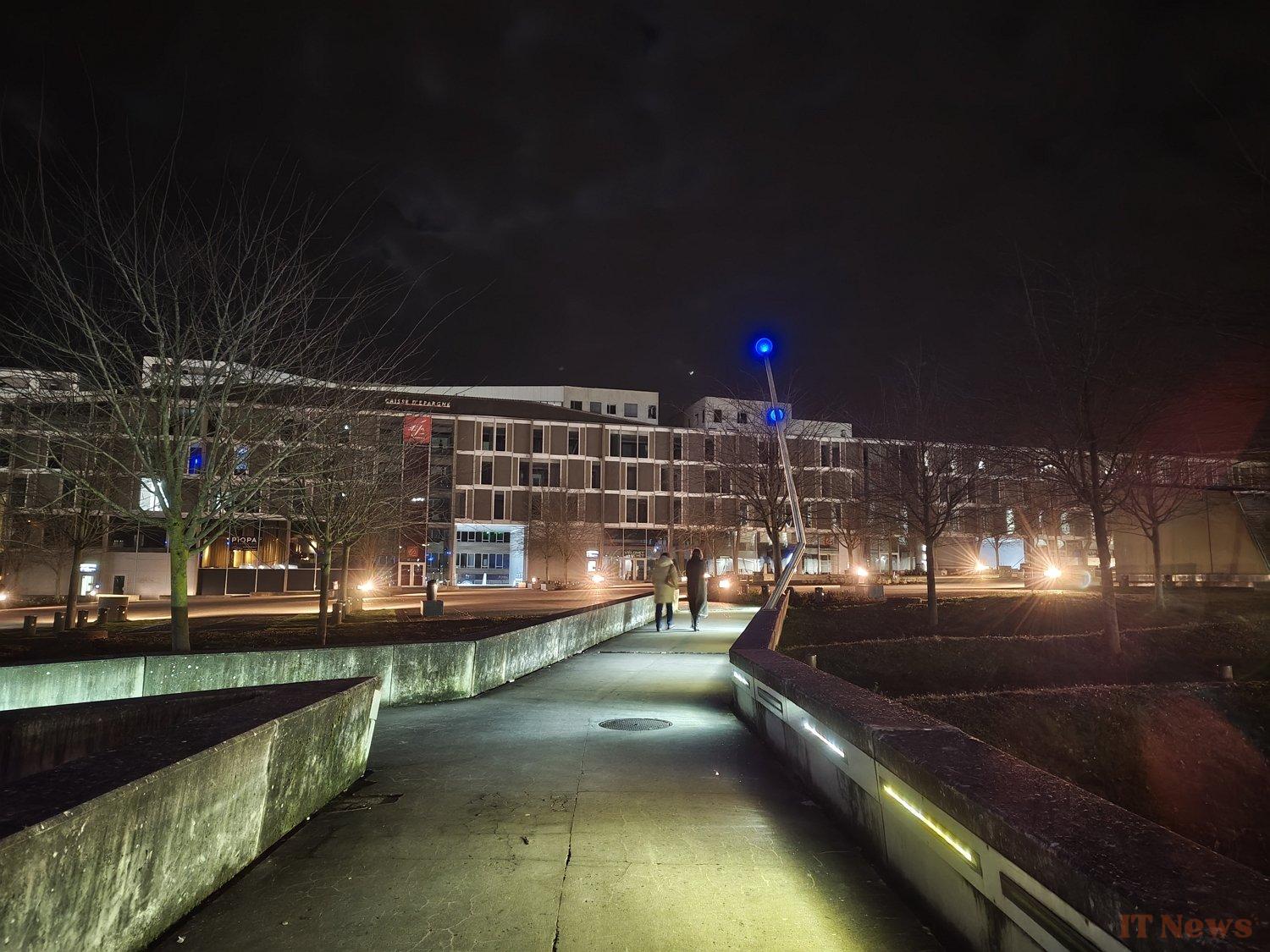
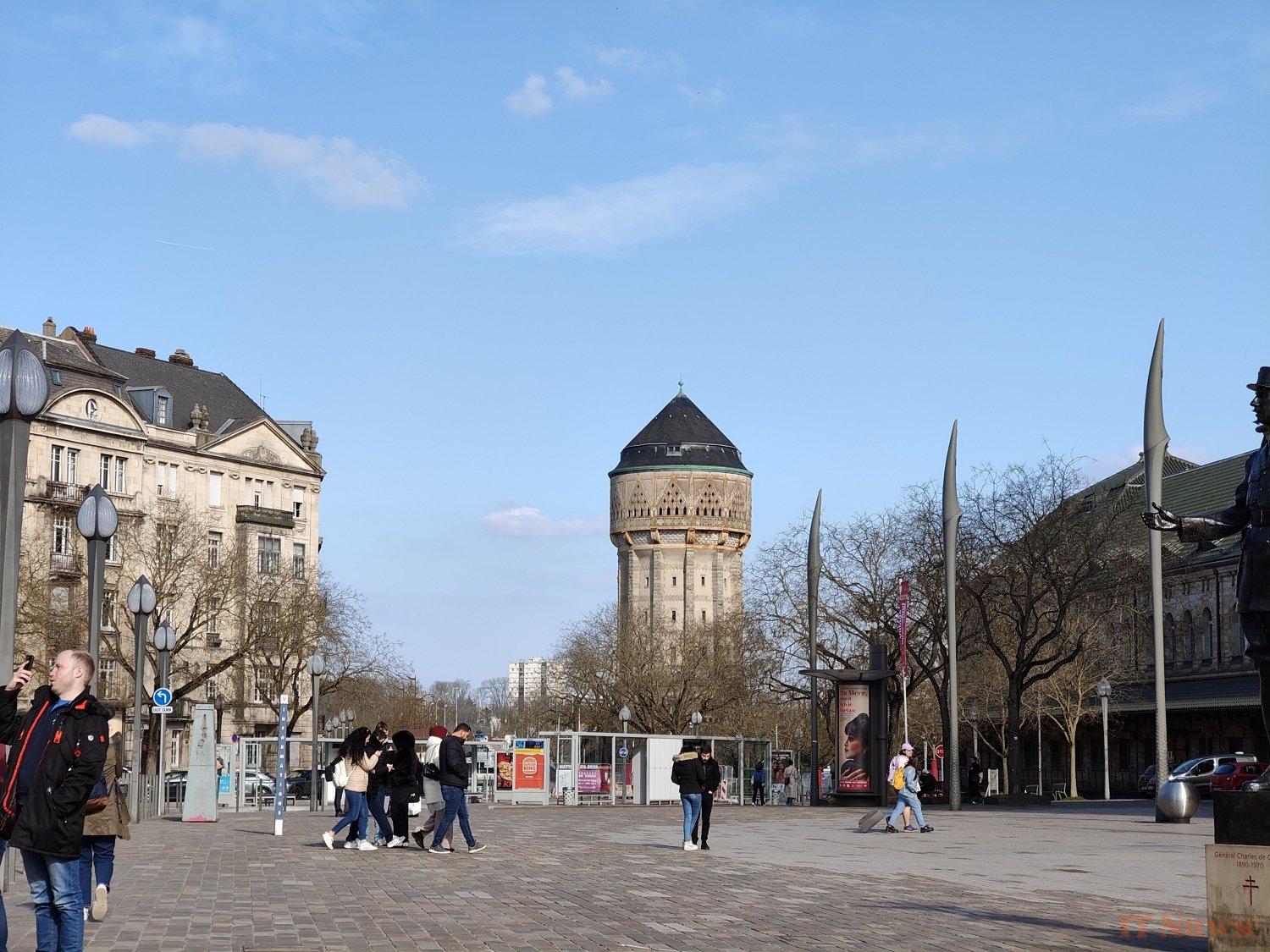
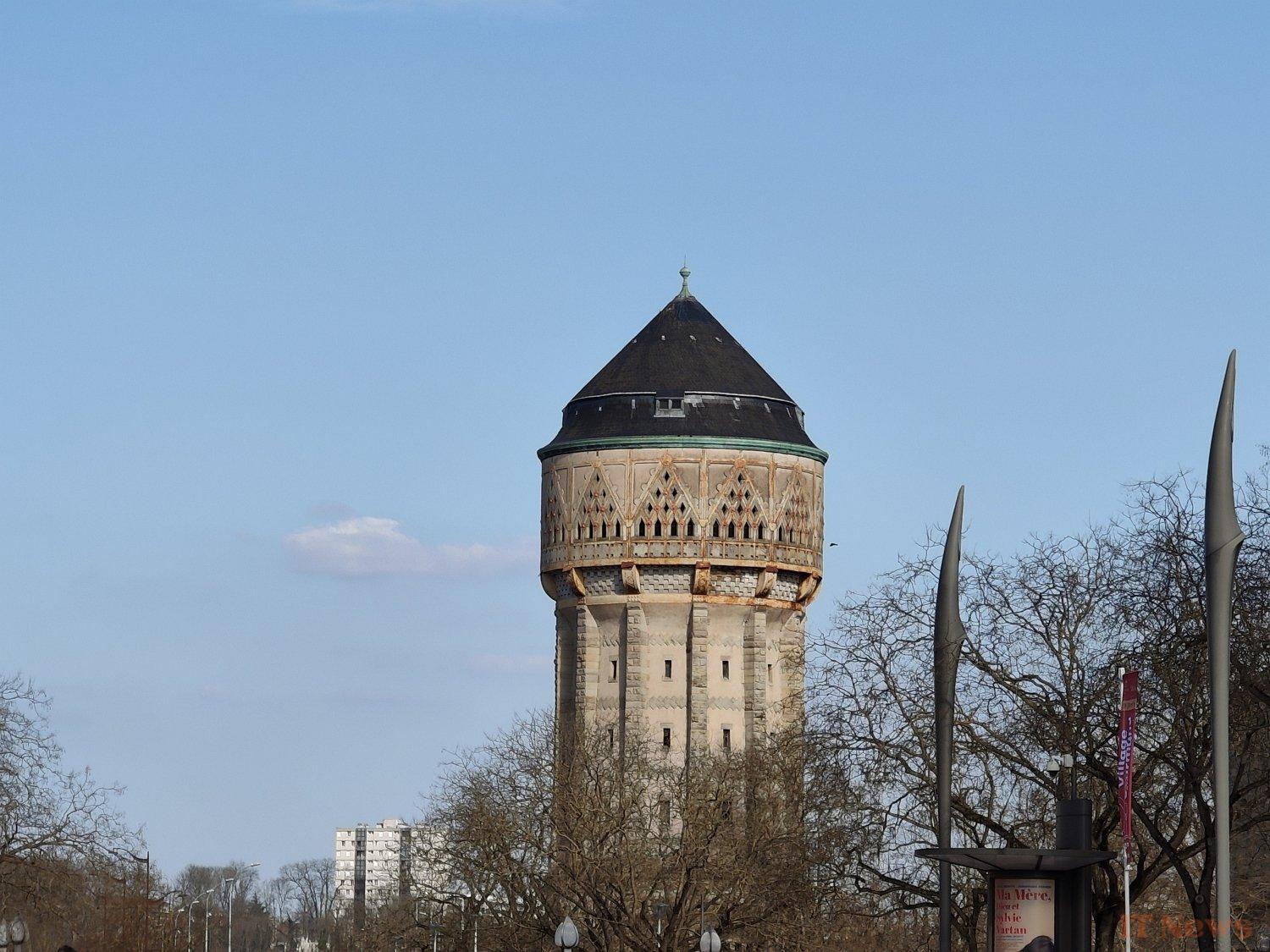







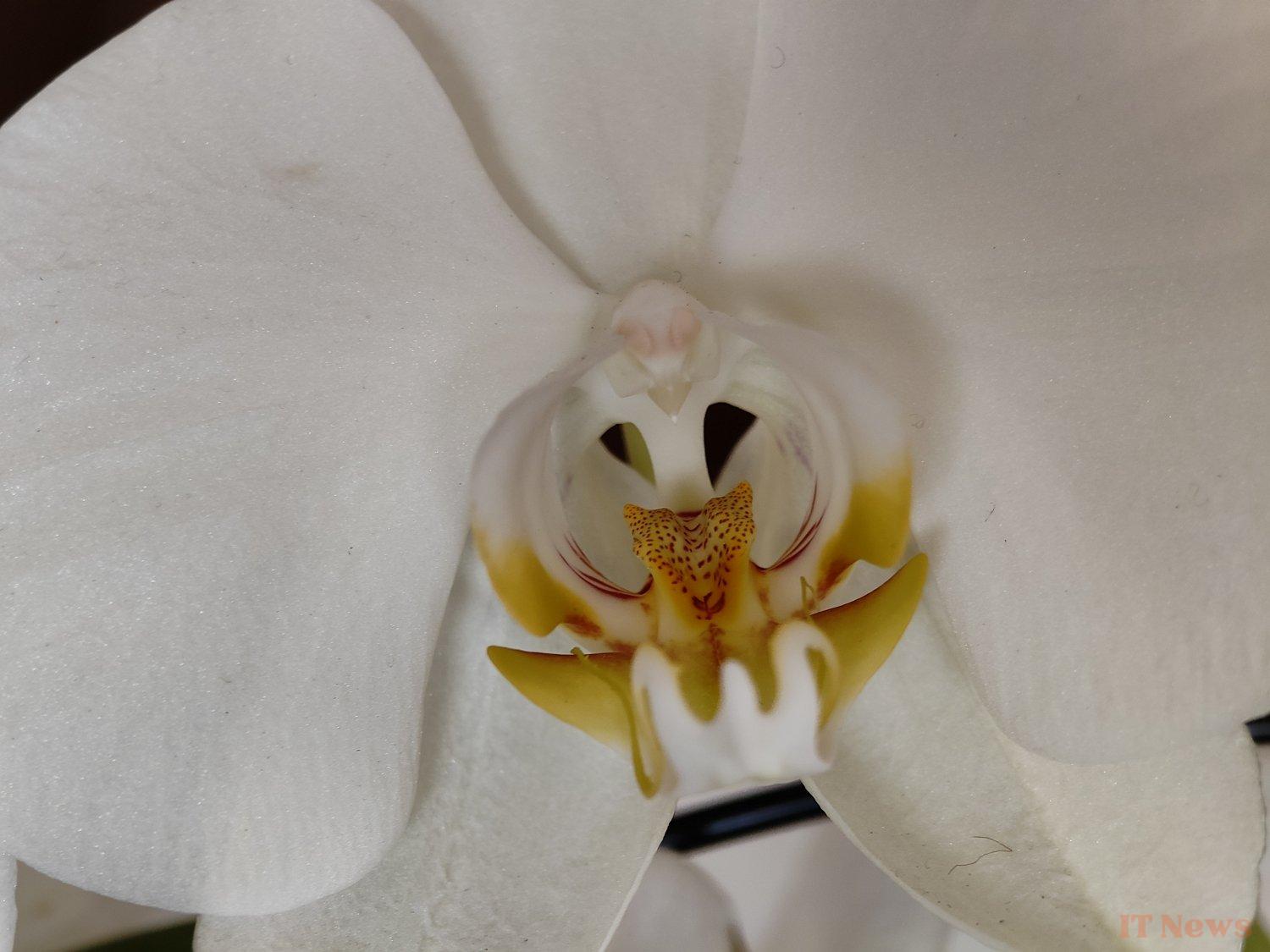



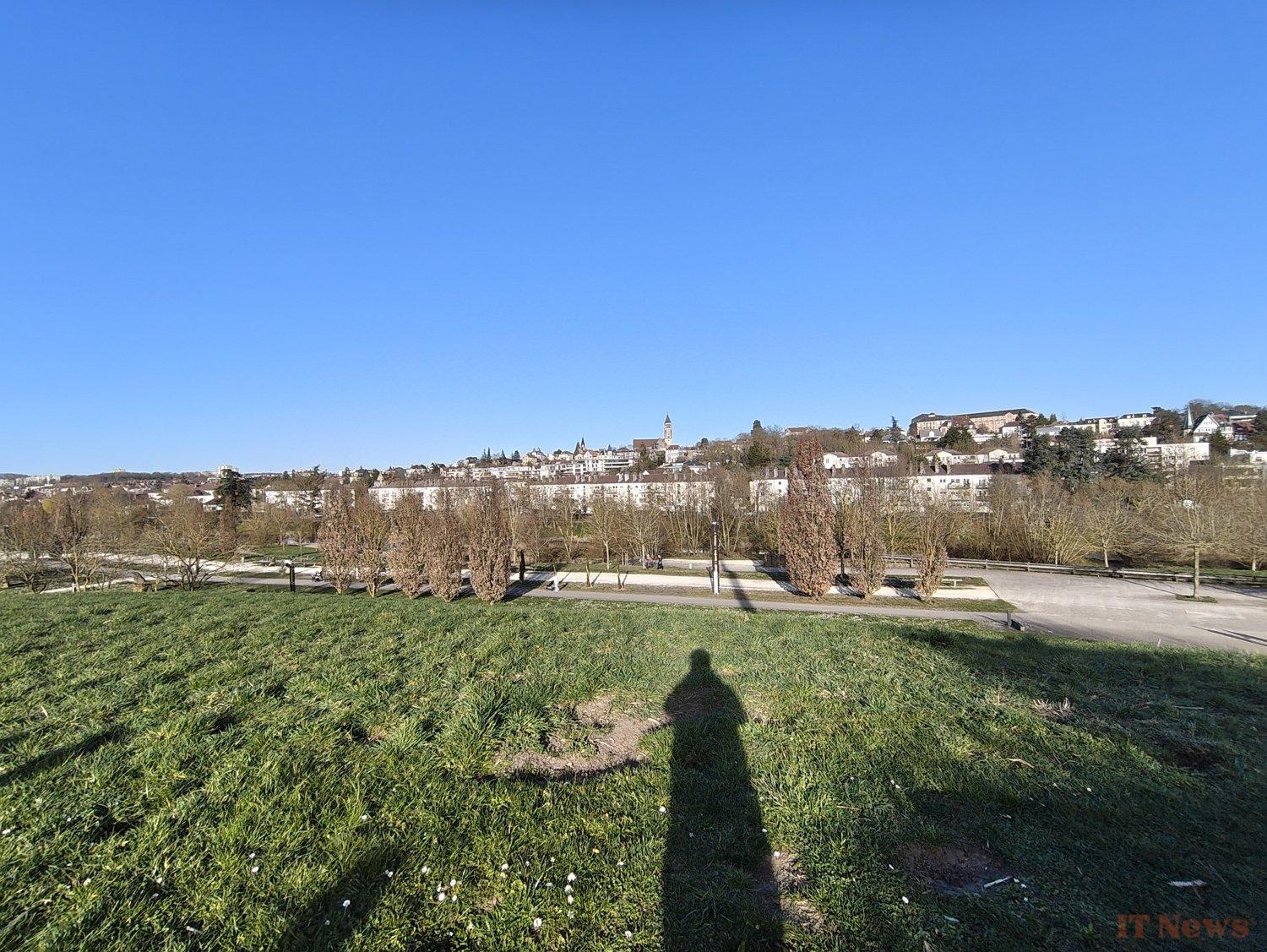

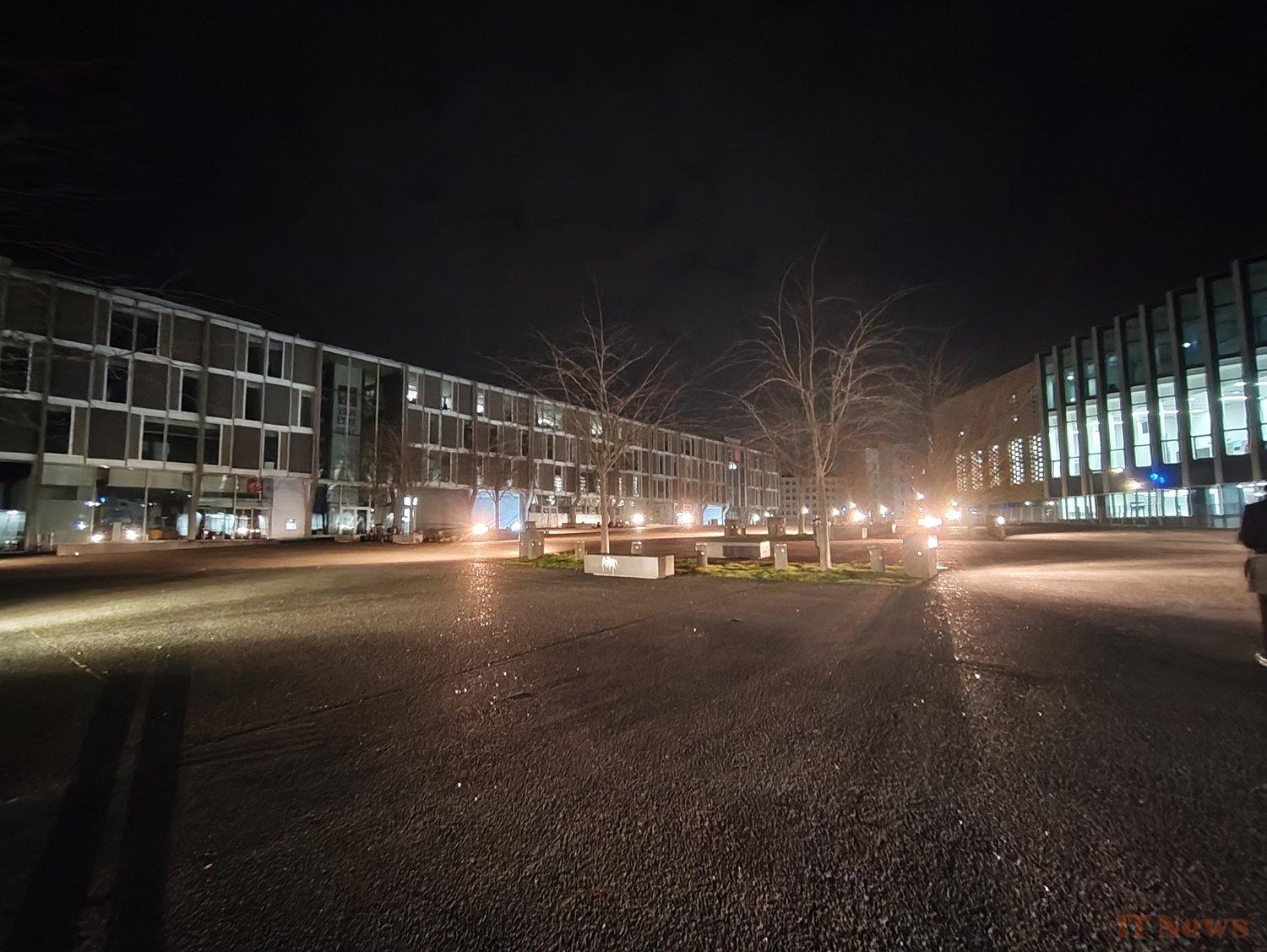



0 Comments